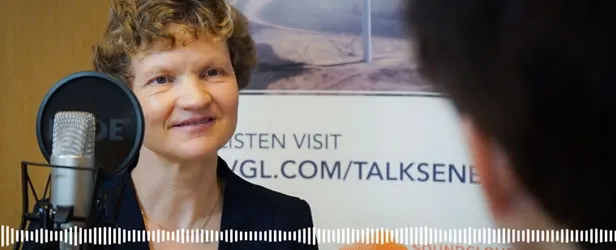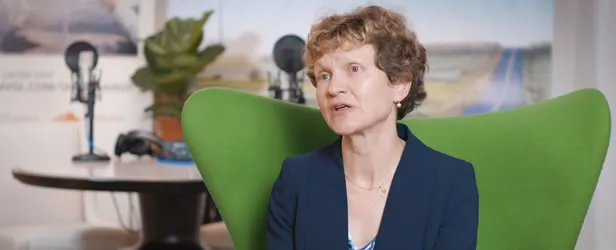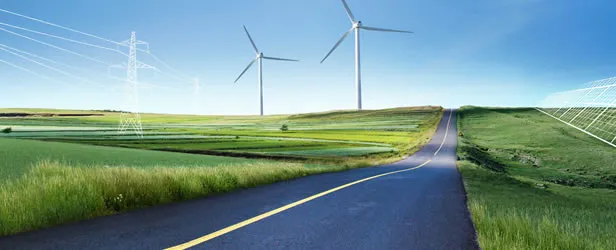The energy transition: Fast, but not fast enough?
According to DNV’s recent Energy Transition Outlook 2019 report, the world needs five times more wind power, ten times more solar power and fifty times more battery storage if we are going to limit global warming by 2030.
In this last episode of the current series, Lucy Craig, Vice President of Technology & Innovation at DNV – Energy, looks back at some of the topics discussed during series 8 to determine what the future really holds for the renewable energy sector.
Concluding that we already have the technologies required for change, Lucy explains that the focus should now be on scaling-up existing technologies, as well as introducing the extraordinary policy action needed to support their uptake. With ten years left to prevent the catastrophic impact of climate change, now is the time to act by ensuring that we accelerate the changes that we are already seeing today.


